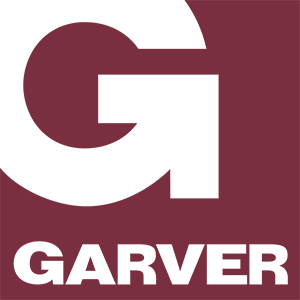Garver Water Services Director Dr. Steve Jones and Water
Reuse Practice Leader Dr. Michael Watts co-authored recently an article
published in the Water Environment Research journal that highlighted the
continued need for the development of alternatives to meet public water demands.
Titled “A Nanofiltration Decision Tool for Potable Reuse: A
New Rejection Model for Recalcitrant CECs,” Jones and Watts touched on the need
for new strategies for sustaining public water portfolios amidst population
growth and drought. The objective of the research outlined in the article was
to verify the occurrence of chemicals of emerging concern (CECs) in reuse rejection
performance, and to conceive a decision tool for selection of either
nanofiltration (NF) or reverse osmosis (RO) membrane treatment for potable
reuse.
“Public water supplies in the United States have
historically originated from relatively pristine sources, but the increased
pressure of population growth and lifestyle changes coupled with prolonged
drought are stressing these supplies in many communities,” the article states.
“New strategies are needed to help meet water demands and develop more sustainable
water supplies.”
Read the entire article by logging into the WER website here.
To learn more about how Garver’s Water Team is helping to address
a growing water crisis, visit GarverUSA.com/Water.









